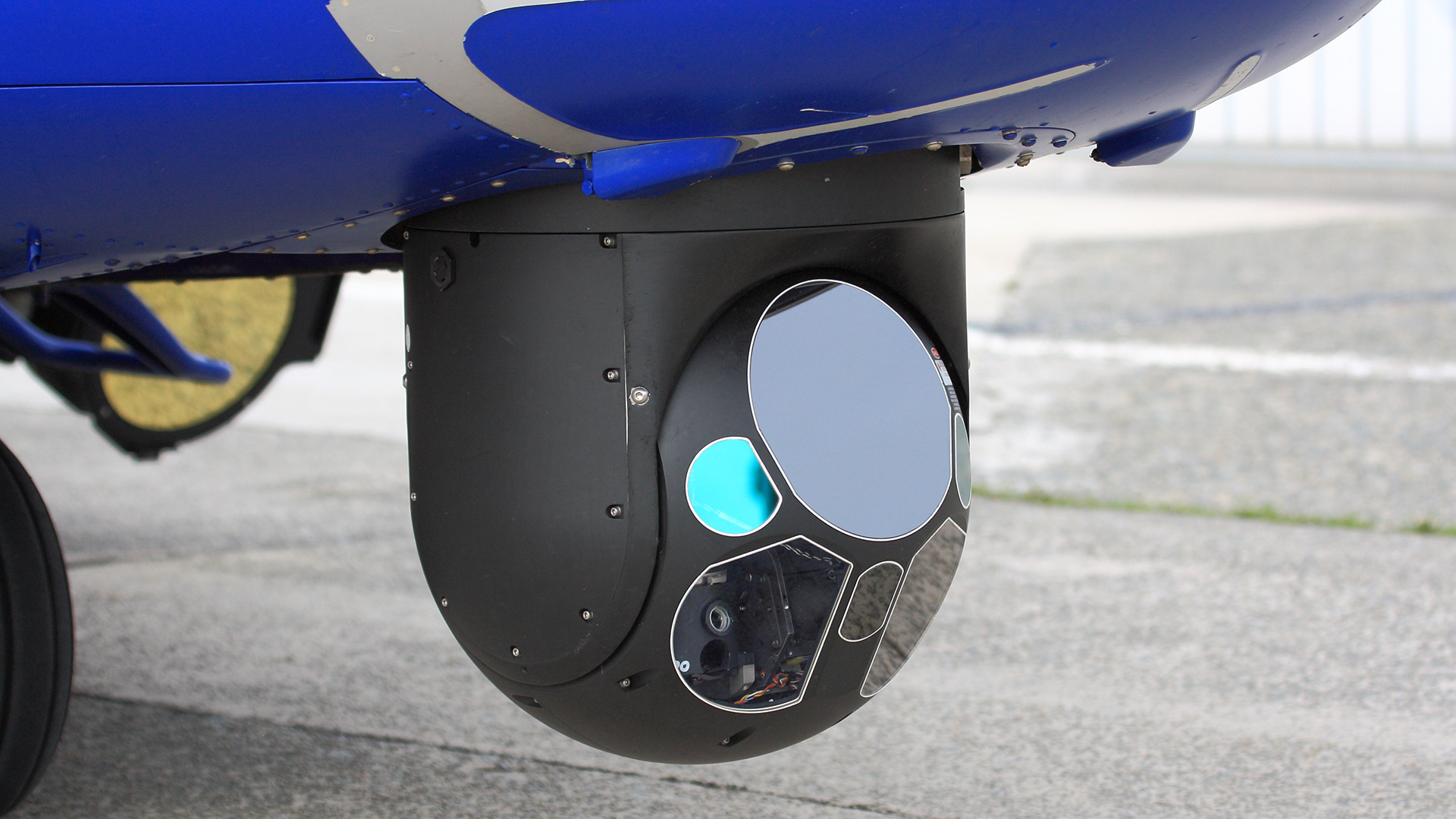
The Pennsylvania State Police (PSP) put their state-of-the-art helicopter technology on full display in a recent public demonstration at the agency’s headquarters.
PSP officials say their forward-looking infrared (FLIR) technology, is a crucial tool in the arsenal for search and rescue operations, and was critical in the recent capture of fugitive Danelo Cavalcante.
Sergeant Brian Kunes, a pilot with the department, described the aircraft technology’s functionality.
“Once an image pops up on that camera, we know exactly what we’re looking at. What could end up being a two-day search can end up being a half-day search because the aircraft shows up with this technology, we scan the area, and bring it to a swift conclusion,” the sergeant explained.
According to Kunes, FLIR technology essentially serves as a second set of eyes for pilots by tracking heat signatures emitted by objects on the ground. It’s a lifesaving tool, for both troopers and the individuals they are searching for.
Lieutenant Adam Reed, a PSP spokesperson, remarked: “You’re searching for someone in the dark, who is potentially armed, dangerous, and desperate. It’s really great to know that the pilots are an eye in the sky, and they can guide you towards the heat signature they’re seeing or let you know what they’re seeing from that high in the sky.”
This cutting-edge innovation played a pivotal role in coordinating ground efforts during the search for escaped fugitive Cavalcante. Officers were searching two very large areas filled with rough terrain and dense trees.
“To have ground troopers or units go through those areas, it would’ve taken a very long time,” Corporal James Erme said. “We were able to help them and cut that workload down for them.”
Cavalcante, who had escaped nearly two weeks prior from the Chester County prison, was finally apprehended on September 13, marking the conclusion of a lengthy manhunt. State police credited the FLIR technology attached to their law enforcement helicopters with bringing troopers closer to the fleeing fugitive.
Erme recalled how a heat signature was spotted in the dark of night within a perimeter where police were searching for the convicted killer Cavalcante. “There was something we saw, we radioed it in, and the ground units did their job,” he said.
The agency’s six helicopters are all equipped with FLIR cameras. The technology not only aids in locating escaped prisoners or fugitives, but also proves invaluable in missing persons cases.
“Ninety to 99 percent of the time, our search is for that hunter who got lost in the woods or maybe didn’t get out of there before nightfall,” Kunes said, noting that the agency also assists in calls involving elderly individuals or persons with mental health concerns who have walked away from their caretakers.
The main challenges in utilizing this technology often revolve around adverse weather conditions and equipment maintenance. Nonetheless, when available, it provides an unmatched level of visibility and capability for law enforcement efforts.
“We don’t have the vision capability that the camera brings,” Kunes added.





